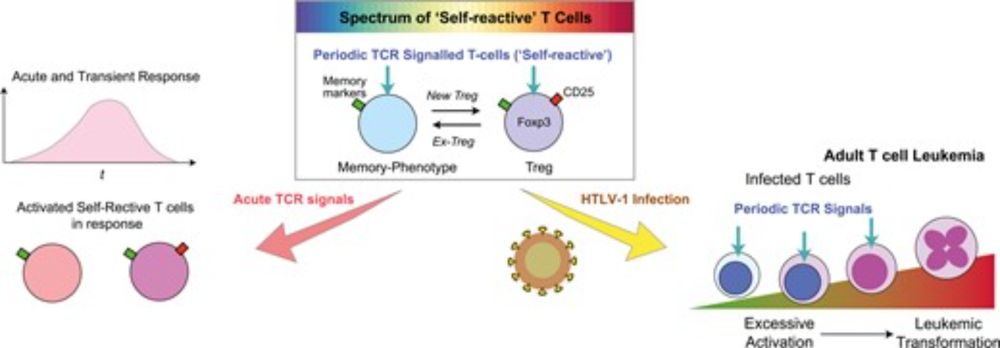Imperial College London, Reader
Website: monotockylab.github.io
GitHub: github.com/MonoTockyLab
GatingTree skips such methods, directly analyses high-dimensional data, builds reproducible tree paths across markers, and reveals group-specific effects.
No dimensionality reduction, just interpretable gates. 🌳

GatingTree skips such methods, directly analyses high-dimensional data, builds reproducible tree paths across markers, and reveals group-specific effects.
No dimensionality reduction, just interpretable gates. 🌳
GatingTree skips such methods, directly analyses high-dimensional data, builds reproducible tree paths across markers, and reveals group-specific effects.
No dimensionality reduction, just interpretable gates. 🌳

GatingTree skips such methods, directly analyses high-dimensional data, builds reproducible tree paths across markers, and reveals group-specific effects.
No dimensionality reduction, just interpretable gates. 🌳
- Foxp3⁺ T cells are part of a broader spectrum of self-reactive T cells.
- HTLV-1 can transform this broader pool into leukemic cells.
- Analysis of the dynamics of Foxp3 and TCR signalling is key, instead of relying on 'Treg', an inflexible concept.(4/4)
academic.oup.com/discovimmuno...?

- Foxp3⁺ T cells are part of a broader spectrum of self-reactive T cells.
- HTLV-1 can transform this broader pool into leukemic cells.
- Analysis of the dynamics of Foxp3 and TCR signalling is key, instead of relying on 'Treg', an inflexible concept.(4/4)
academic.oup.com/discovimmuno...?
To be quantitative, here is our working model: Self-reactive T cells receive cognate antigen signals in the absence of inflammation or infection, and become Timer⁺ in the Nr4a3-Tocky system(3/4)
rupress.org/jcb/article/...

To be quantitative, here is our working model: Self-reactive T cells receive cognate antigen signals in the absence of inflammation or infection, and become Timer⁺ in the Nr4a3-Tocky system(3/4)
rupress.org/jcb/article/...
Thus, ATL is better modelled as a cancer of self-reactive T cells, rather than 'Treg cancer' — but why? (2/4)
Thus, ATL is better modelled as a cancer of self-reactive T cells, rather than 'Treg cancer' — but why? (2/4)

